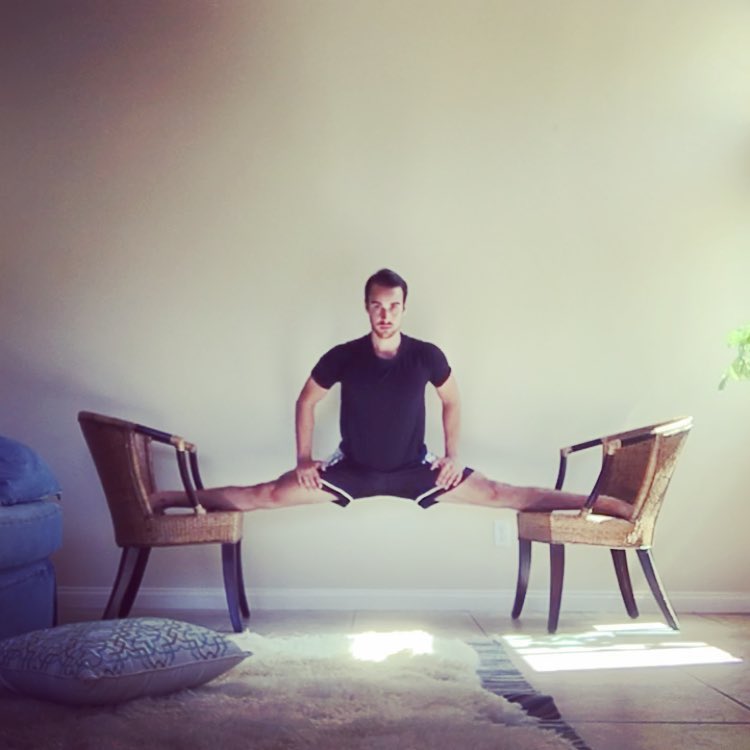What REALLY causes hip impingement?
Bones or Muscles?
Most people think that if they get the FAI diagnosis, they are doomed. After all, it is a "bone problem" and therefore nothing but surgery can fix it. But is the situation so bleak?
After all, there are a whole lot of muscles that attach in and around the hip. Might they have some impact on pain and range of motion in this area?
Most modern anatomists define 17 of these muscles (depending on who you talk to.)
The anterior muscle group features muscles that flex (bend) the thigh at the hip....
These muscles include:
- the iliopsoas group, which consists of the psoas major and iliacus muscles.
- the quadriceps group, which consists of the rectus femoris, vastus intermedius, vastus lateralis, and vastus medialis.
Situps, kicking a soccer ball, leg raises and running are all activities that use your quads and psoas.
The posterior muscle group is made up of the muscles that extend the thigh. These muscles include:
- the gluteus maximus muscle (the largest muscle in the body) and
- the hamstrings group, which consists of the biceps femoris, semimembranosus, and semitendinosus muscles.
Romanian deadlifts, kettlebell swings and the hip extension in walking and running are all activities that require your glutes and hamstrings
The adductor muscle group, also known as your groin muscles, is a group located on the inside of the thigh. These muscles move the femur toward the body’s midline, as well as flex or extend the thigh, depending on muscle group and joint position. Included in this group are:
- the adductor longus, adductor brevis, adductor magnus, pectineus, and gracilis muscles. This muscle group plays a major role in hip impingement / femoroacetabular impingement (FAI).
The abductor muscle group is located on the lateral side of the thigh and moves the thigh away from the body’s midline. These muscles include:
- the piriformis, superior gemellus, inferior gemellus, tensor fasciae latae, sartorius, gluteus medius, and gluteus minimus muscles.
Doing the splits with your legs out to the side is an example of a movement involving the abductor muscles.
All said and done, the hip joint is also one of the most flexible joints in the entire human body (if you train it to be that way.) All these muscles of the hip allow for movement, strength, and stability at impressive levels – regardless of your bone shapes.

Such feats take time, but I hope the video and article above give you some hope that much can be accomplished if you train the muscles right.
If you want to learn how to overcome your own hip issues, check out the program below.
About The Author

Shane Dowd, CES, CMP is the owner / founder of GotROM.com. He is also a sports performance & mobility coach specializing in injury prevention and flexibility for athletes.










